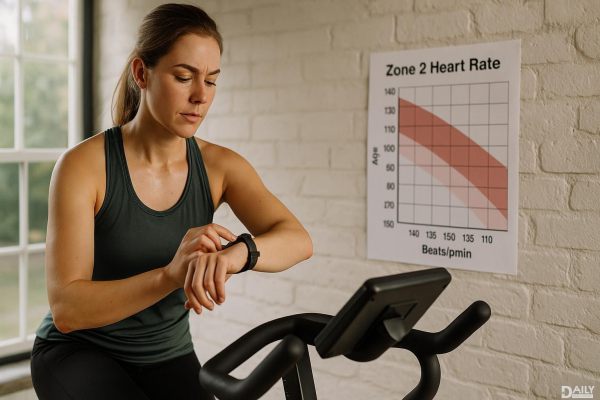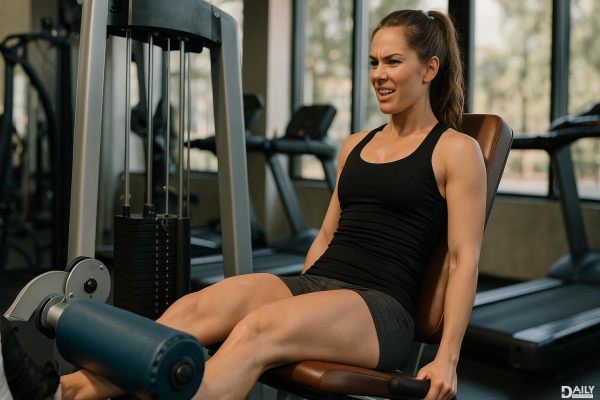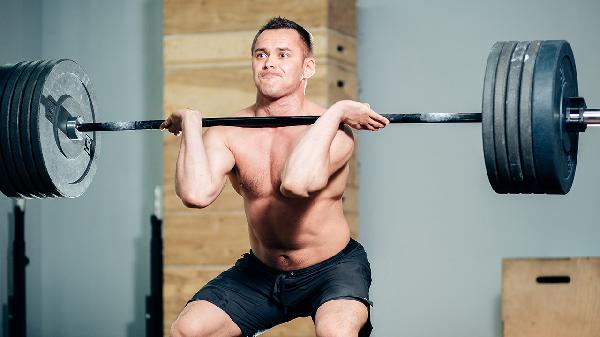If you're like most gym-goers, your lower-body routine probably focuses on the showy muscles—glutes, quads, and hamstrings—while giving the inner thighs the short end of the stick. But neglecting those adductor muscles is like building a house without proper foundation support. Those inner-thigh muscles aren't just for looks; they're crucial stabilizers that keep your entire lower body functioning properly during everything from lateral movements to explosive jumps.
The Adductor Muscle Group: Your Body's Unsung Stabilizers
Your inner thighs consist of six muscles working in concert: the pectineus, adductor brevis, adductor longus, adductor magnus, gracilis, and obturator externus. These aren't just decorative—they're power players in lower-body mechanics. Every time you step sideways, change directions quickly, or stabilize during single-leg movements, your adductors are firing. Certified trainer Khetanya Henderson compares them to architectural supports—when one weakens, the whole structure compensates, potentially leading to knee valgus (that inward knee collapse you see during squats), altered pelvic positioning, and even ankle instability. Weak adductors also increase your risk of groin strains, especially in sports requiring sudden direction changes.
Why Isolation Isn't the Whole Answer
when combined with compound lifts—creates muscular balance that improves performance and reduces injury risk. The sweet spot? Pairing heavy compound movements like sumo deadlifts (which heavily recruit adductors) with targeted exercises that challenge the muscles through their full range of motion. This dual approach builds functional strength that translates to better movement patterns in daily life and sports.
Henderson's Top Compound Adductor Moves
1. Sumo Squats: Take a stance wider than shoulder-width with toes angled outward 45 degrees. As you descend, focus on pushing your knees outward against imaginary resistance while keeping your torso upright. This forces your adductors to work eccentrically (while lengthening) and concentrically (while shortening).
2. Copenhagen Planks: This brutal variation trains adductors isometrically. Lie sideways propped on one forearm with your top leg resting on a bench. Lift your hips into a side plank while pressing your top knee downward—you'll feel your inner thigh light up immediately.
3. Lateral Lunges: Unlike forward lunges that emphasize quads, stepping sideways loads the adductors dynamically. Push through your entire foot to return to center—this builds explosive power useful for sports like basketball or tennis.
Isolation Exercises for Targeted Activation
1. Seated Banded Adductions: Place a resistance band around your thighs just above the knees while seated on a bench. Slowly press outward for 2 seconds, then control the return for 3 seconds. This teaches proper muscle firing patterns.
2. Standing Cable Adductions: Attach an ankle strap to a low cable pulley. Standing perpendicular to the machine, draw your working leg across your body with control. The constant tension maximizes time under tension.
3. Adductor Slides: Place a sliding disc or towel under one foot. From a wide stance, slowly slide your foot inward while maintaining tension through the inner thigh. This eccentric-focused move builds stability.
Programming for Balanced Development
For optimal adductor development, Henderson recommends this weekly approach: two lower-body days incorporating 1-2 compound adductor exercises (like sumo deadlifts or lateral lunges) and one dedicated mobility session focusing on adductor flexibility. On your strength days, include one isolation move (like cable adductions) for 3-4 sets of 12-15 reps after your main lifts. This ensures you're not just building strength but also improving the mind-muscle connection crucial for activation during compound movements.
Remember, your inner thighs aren't just about aesthetics—they're integral to movement efficiency and injury prevention. By giving them equal attention in your programming, you'll build a foundation that enhances performance in every lower-body exercise while keeping those knees tracking properly. Next leg day, skip the endless squat variations and show your adductors some love—your entire kinetic chain will thank you.
























